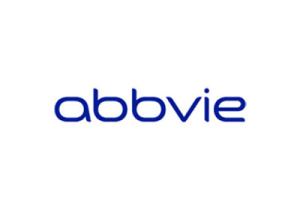Daniel Valentovič
In present time he works at the Office for Personal Data Protection of the Slovak Republic, Department for International Law and Foreign Affairs, he represents the Office in European Commission´s Article 29 Working Party on Data Protection , International Working Group for Data Protection in Telecommunications.
In the years 1993 – 2004 Mr. Valentovič worked in Slovak Telecom a.s. (ST), where he represented ST in international organisations ETNO, ETIS, Eurescom, FIINA , Y2K – CEEC. Among other activities in the Unit of President -Security Section – Department for Security Policies& Customer Assistance, he was an expert for security policy development, head of the Corporate Security Training Team, Project Manager of the Security Awareness Project of ST. In the Section for Information Technologies (SIT) he was the head of the Complex IS Security Project (KBIS) where he formulated IS/IT security policies and respective requirements for security solutions to be implemented. Until 1996 after the Slovak Republic creation in Department Foreign Affairs he organised the accession of ST to ITU, ETNO, Eurescom, ETIS, ETSI, INTELSAT, EUTELSAT.
From 1973 to 1993 he worked in the Electrotechnical Institute of the Slovak Academy of Sciences Bratislava where he gained a scientific degree (PHD equivalent) for physics and vacuum technologies. He was focussed on physics and technology of solid state films (semiconductors, superconductors), infrared detectors and image chips.
In the years 1993 – 2004 Mr. Valentovič worked in Slovak Telecom a.s. (ST), where he represented ST in international organisations ETNO, ETIS, Eurescom, FIINA , Y2K – CEEC. Among other activities in the Unit of President -Security Section – Department for Security Policies& Customer Assistance, he was an expert for security policy development, head of the Corporate Security Training Team, Project Manager of the Security Awareness Project of ST. In the Section for Information Technologies (SIT) he was the head of the Complex IS Security Project (KBIS) where he formulated IS/IT security policies and respective requirements for security solutions to be implemented. Until 1996 after the Slovak Republic creation in Department Foreign Affairs he organised the accession of ST to ITU, ETNO, Eurescom, ETIS, ETSI, INTELSAT, EUTELSAT.
From 1973 to 1993 he worked in the Electrotechnical Institute of the Slovak Academy of Sciences Bratislava where he gained a scientific degree (PHD equivalent) for physics and vacuum technologies. He was focussed on physics and technology of solid state films (semiconductors, superconductors), infrared detectors and image chips.
Sign in to ITAPA Health&Care 2025
-
Identity managing - technology of managing access by biometric encryption
This presentation discusses the access management basic features with a particular focus on the privacy and security advantages of Biometric Encryption (BE) that utilises biometric data of data subjects that are not stored anywhere - so they cannot be stolen and misused. A Brief presentation intended to engage a broad audience to consider the merits of the Biometric Encryption approach for verifying identity, protecting privacy, and ensuring security. Our central message is that BE technology can help to overcome the prevailing "zero-sum" mentality, namely, that adding privacy to identification and information systems will necessarily weaken security and functionality. This paper explains how and why BE technology promises a "positive-sum," win-win scenario for all stakeholders involved, in particular citizens having protected their personal data processed by E-Government, E-Health and other systems. -
E-government, E-health, E-databases



















